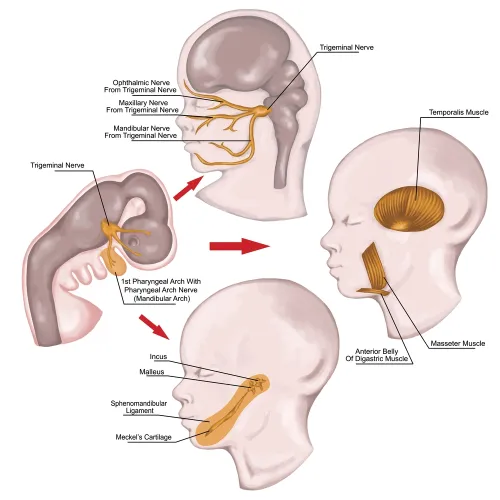Know When You Can Report Bone Grafts With Surgical Extractions

Question: If my clinician is removing an embedded tooth, what diagnosis codes should I report for this? What code should I report for this procedure of surgical extraction? He also is planning to place bone grafts in the extracted socket space. Can I report this procedure that my surgeon performed with a separate CPT® code? If so, what code should I report for this?
Massachusetts Subscriber
Answer: When reporting the diagnosis of an embedded tooth, you will have to report it with the ICD-9 code, 520.6 (Disturbances in tooth eruption). In ICD-9 coding system, you do not have a specific code to report a diagnosis of embedded tooth.
Ideally, you will have to report an extraction of an embedded tooth to the dental insurance service provider. You can only report this procedure to a medical insurance carrier if the tooth is removed in addition to another covered medical procedure.
Since there is no separate CPT® code that is specific to the surgical extraction of an embedded tooth, you will have to report this procedure using an unlisted code. You report this procedure that your surgeon performed using 41899 (Unlisted procedure, dentoalveolar structures).
You cannot report placement of grafts separately with a separate CPT® code as most payers do not consider it to be medically necessary. However, your clinician might opt to place grafts if he suspects that there is a possibility of pathological fracture. For instance, there is a huge cyst surrounding the tooth that has compromised the bone structure to an extent that there is a chance that there might be a spontaneous fracture. In such a case, your clinician might be justified in placing a graft. You will have to report this with the CPT® code, 21215 (Graft, bone; mandible [includes obtaining graft]) or 21210 (Graft, bone; nasal, maxillary or malar areas [includes obtaining graft]). Provide documentation supporting the necessity of the graft procedure.
ICD-10: Even though the descriptor to 520.6 refers to “disturbances in tooth eruption,” you should not resort to using K00.6 (Disturbances in tooth eruption) when reporting a diagnosis of embedded teeth when you switch over to using ICD-10 codes. Even though embedded teeth can be attributed to “disturbance in tooth eruption,” you should avoid using K00.6 as there is a more specific code to report a diagnosis of “embedded tooth” in ICD-10. You report this with the ICD-10 code, K01.0 (Embedded teeth).




